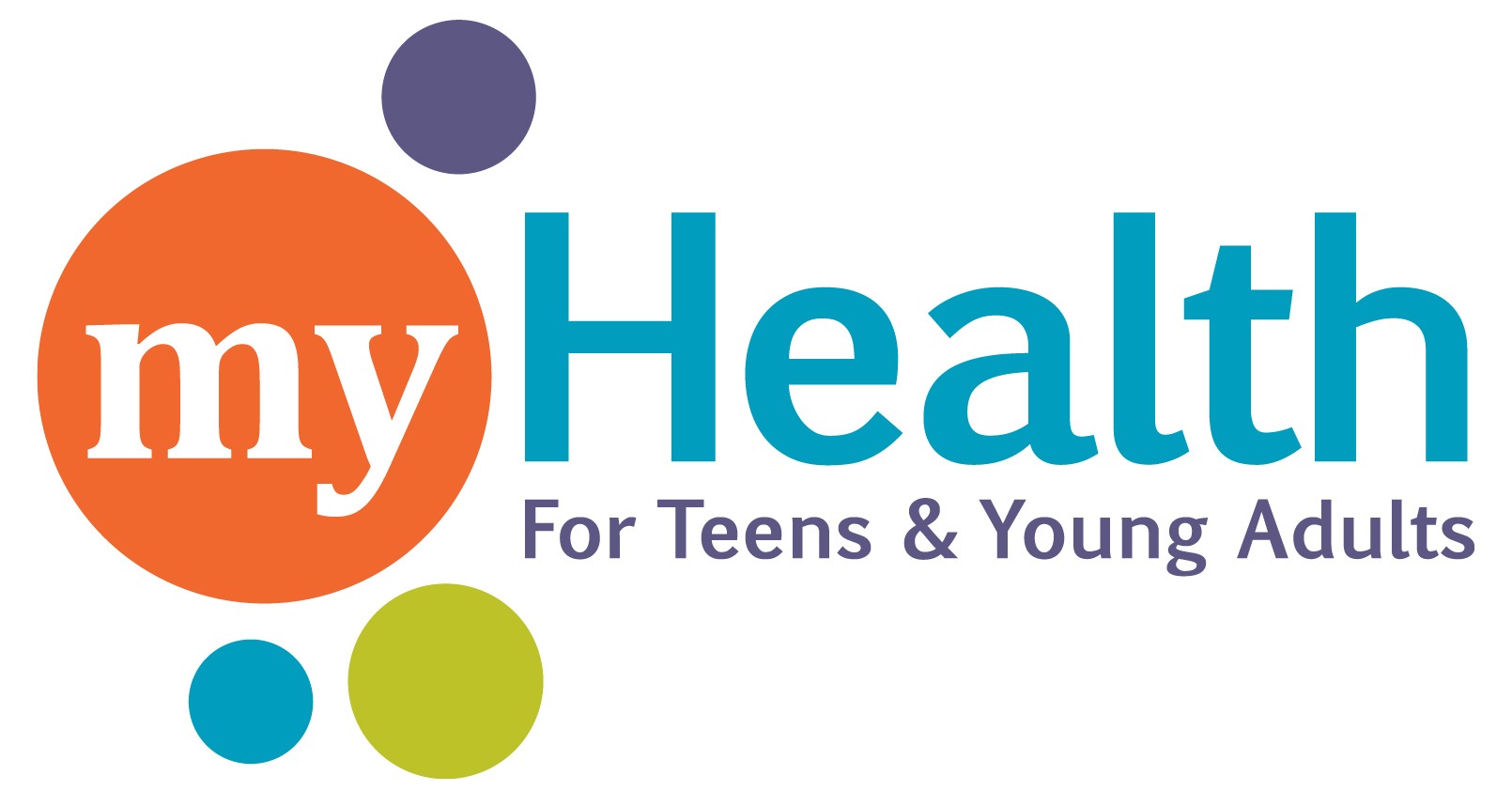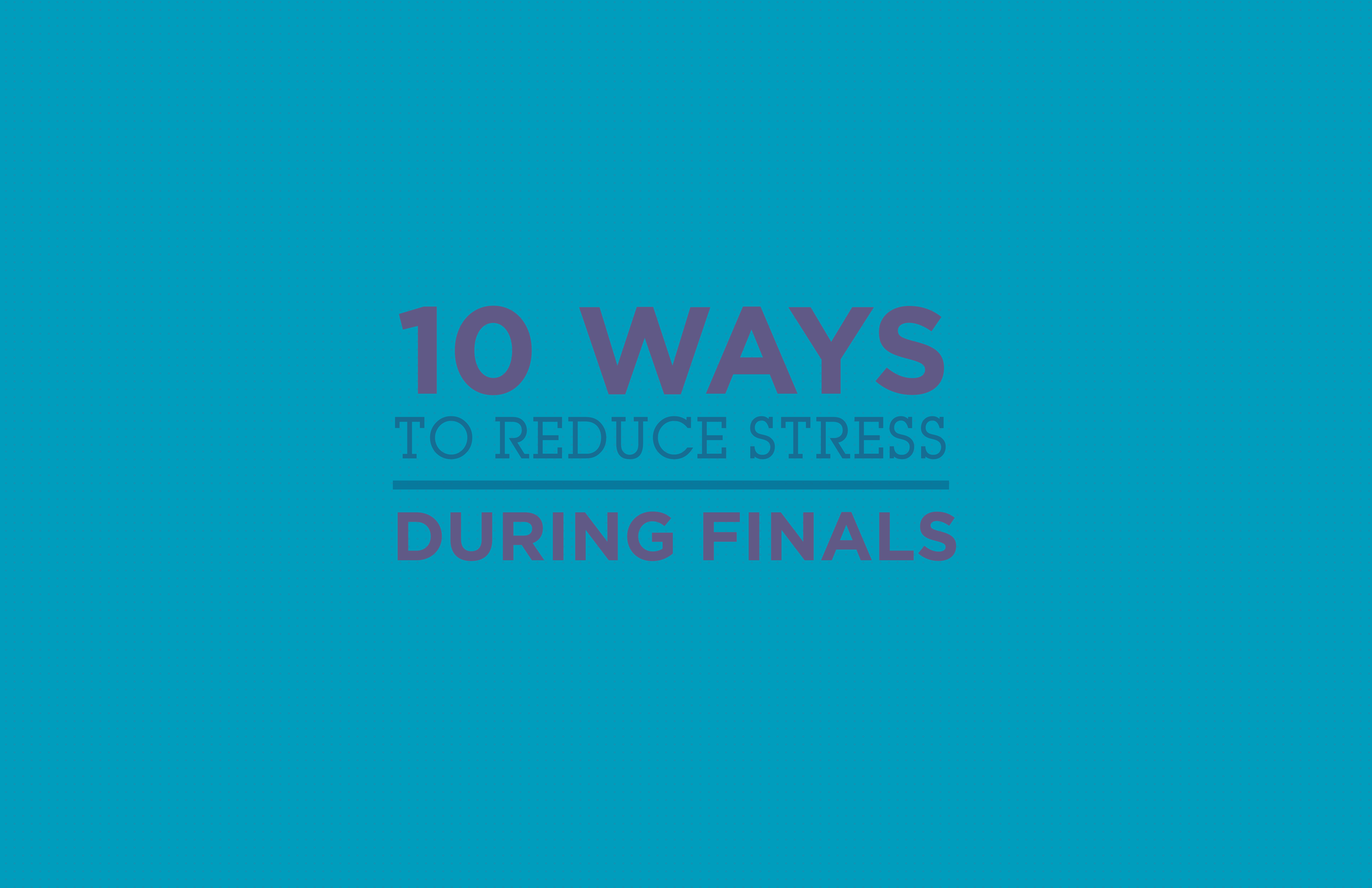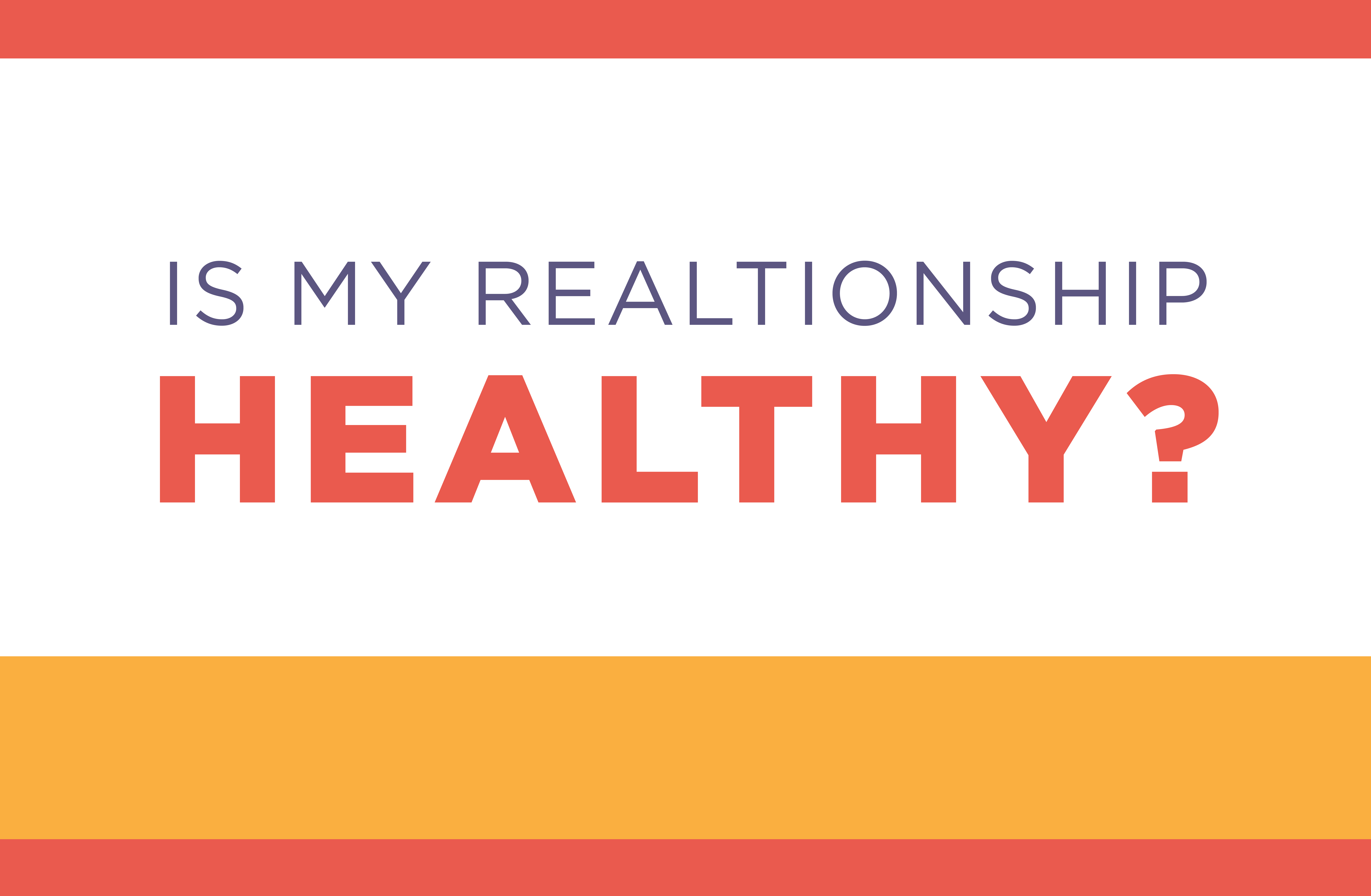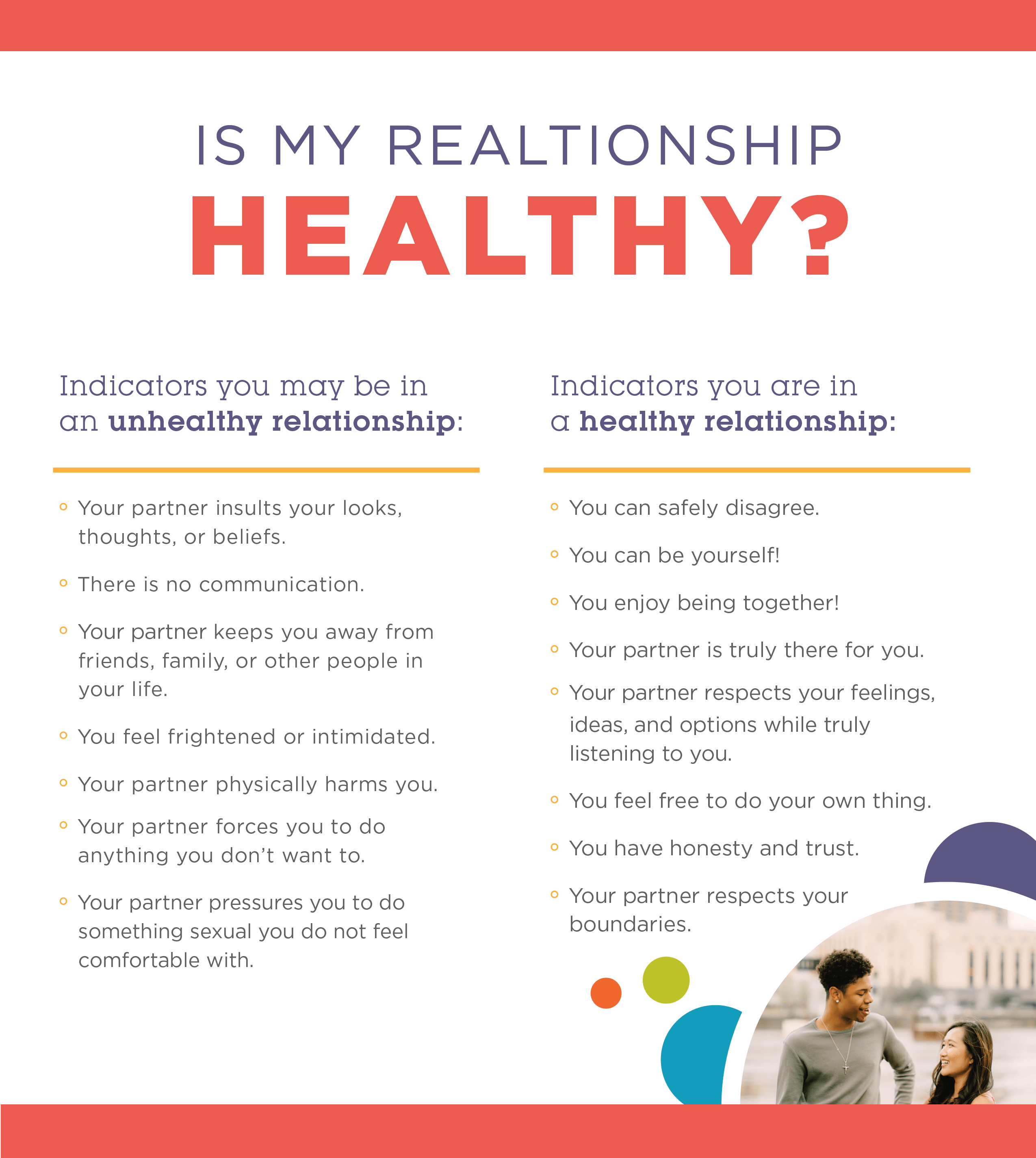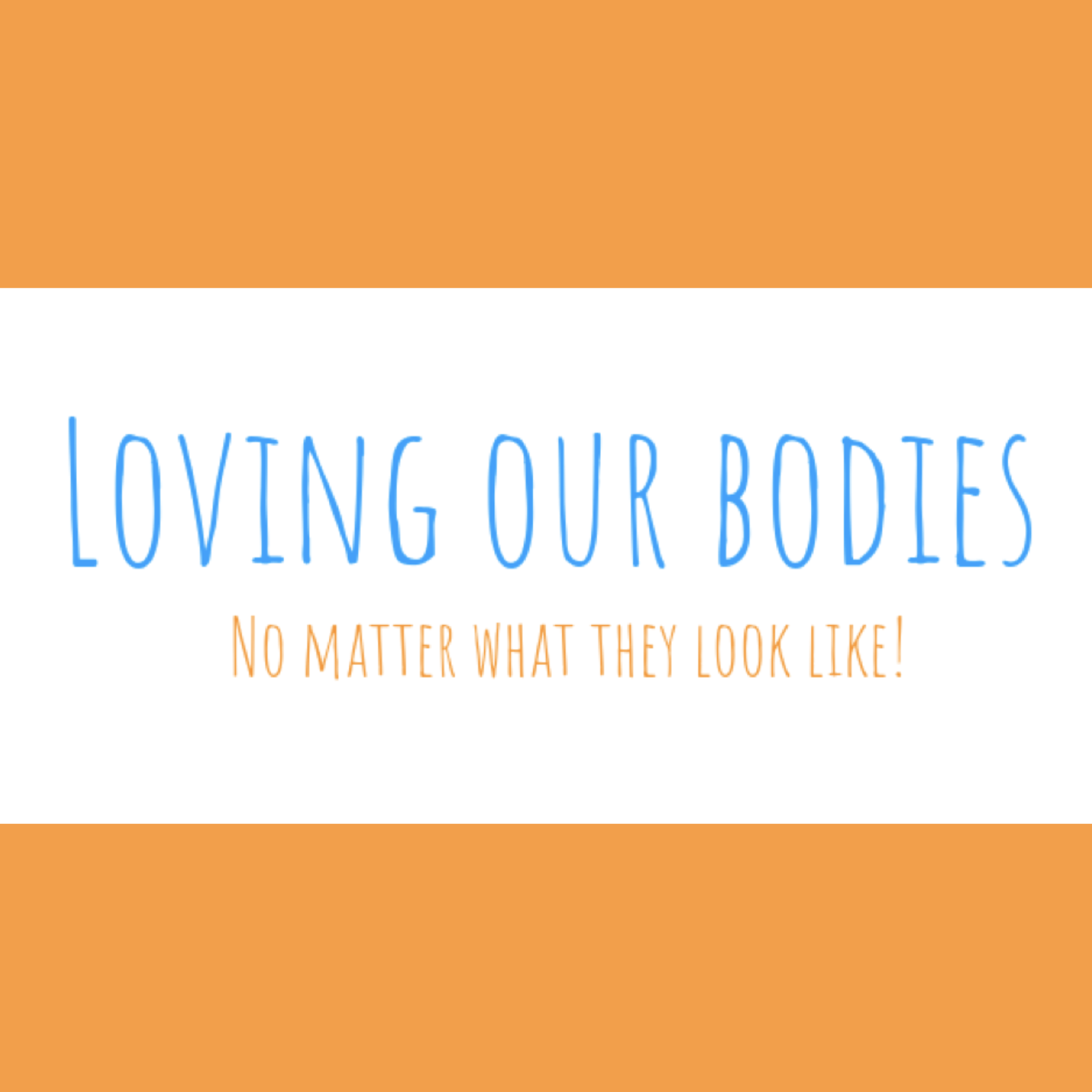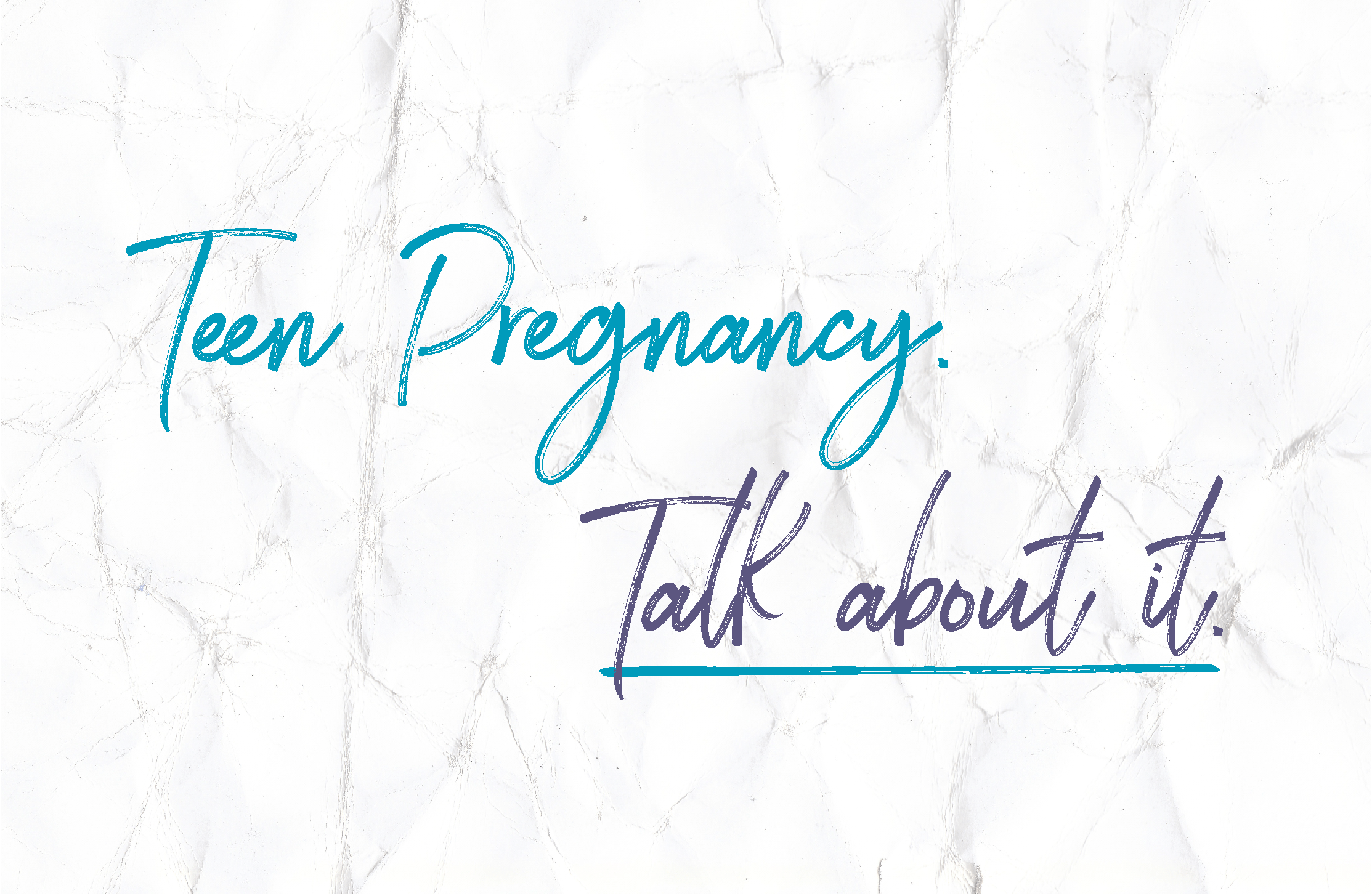
Happy Pride! Check out what Lane, one of our awesome Youth Advisory Board (YAB) members, has to say about Pride and what it means to them.
June, or “Pride Month”, is a time for celebration. It’s a time to recognize all people of all genders and sexualities across the country and across the world. It is a time to remember those who fought for our rights and made it possible to have the freedom we do now. It is also a time to see how much progress we still have to make. For all the LGBTQIA+ people across the globe, it’s mainly a time for us to be loud and proud of who we are.
It’s not always safe for LGBTQIA+ kids to be open in public places, so the festival gives them a chance to feel secure and unguarded about themselves. The month’s festivities and bright colors give a bold identity to a proud community that has prospered even in the face of adversity.
This, to me, means that I can be strong and bold, regardless of what people think of me at school, in my family, or even what random strangers may think of me. It gives me the courage to be myself and provides a community of support for other people like me. I was raised in a Catholic family, went to Catholic schools my whole life, and never knew many LGBTQIA+ people until I was older. I felt like I was all alone, but after my first pride month, I gained friends who really knew and understood me. They made me realize that I wasn’t alone, and that being myself was okay. The most freeing lesson I’ve learned is how to be genuinely me. One thing I wish everyone knew is how to support young LGBTQIA+ people, especially adults. It’s hard for young kids to ask adults for the things they need, especially when the driving force behind the needs is something as personal as their identity. There are a few simple things adults can do to help young LGBTQIA+ kids feel more comfortable expressing themselves.
- Introduce yourself with your pronouns. Walking up to someone and being upfront about your own identity will help them be more comfortable talking about theirs. For example, when I introduce myself, I make sure to say, “I use he/him/his or they/them/their pronouns.”
- Do research on gender-neutral pronouns that you haven’t heard about before. There are pronouns used less commonly like ze/zir and ey/em that many non-binary people use. Knowing how to use these comfortably helps people feel accepted.
- Use gender-neutral terms in conversation. Rather than saying “boyfriend” or “girlfriend”, use terms like “partner” or “significant other”. This can work for siblings, parents, and spouses as well.
- Celebrate pride month with us! Even if you aren’t LGBTQIA+, showing your support for the community can go a long way. Grab that rainbow flag and wave it along with us! Help young kids and LGBTQIA+ teenagers and adults to be loud and proud by being accepting and proud of yourself. Whatever is going on in the world around you or in your community, choose love.
